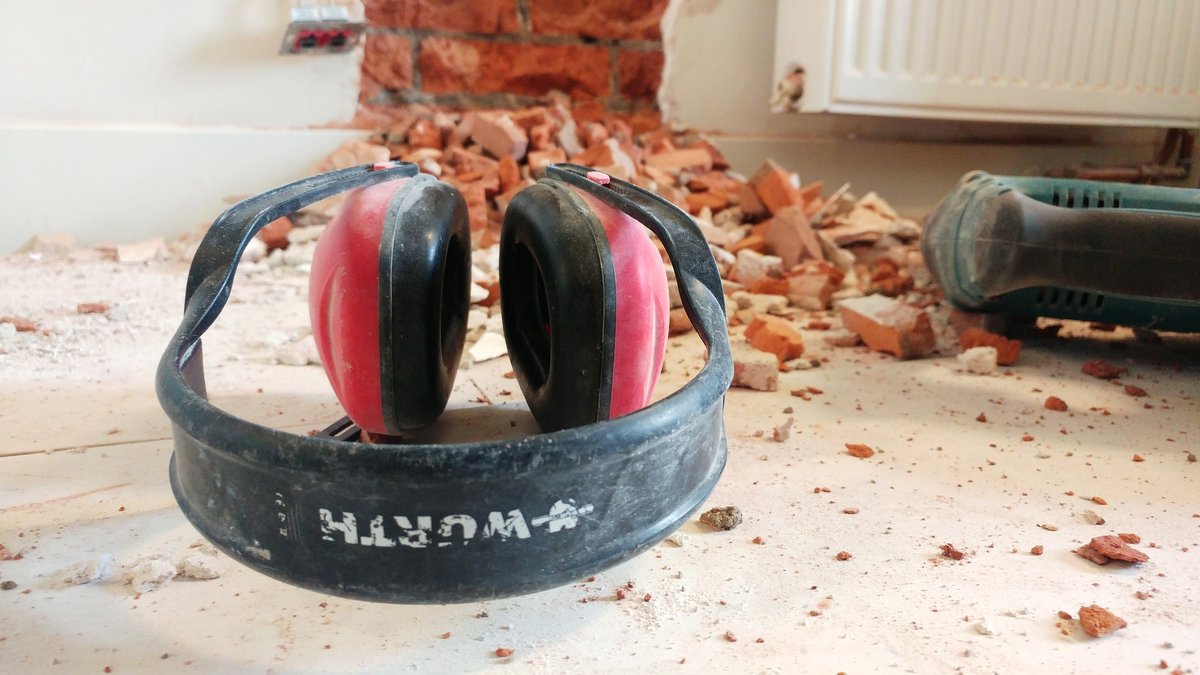The university has various alarm systems in its building complex on the Gießberg
- Voice alarm via loudspeaker
- Signal generators (horns, sirens with different signal design in their tonality and signal design)
- verbal alarm (e.g. via megaphone)
A building-related overview can be found in the appendix to the university's fire protection regulations.
The buildings of the university's branch offices (Limnology, Building X5 - Sonnenbühl, Sports Hall, Botanical Garden and Heating Plant) are also taken into account.

Voice alarm
This is the most modern form of alerting. An announcement is made via loudspeaker in several languages, which asks to leave the building. At the same time a siren or an acoustic signal is sounded.
This overview shows which alarm system is used in which building.
Please note that the fire alarm system and the associated alarm system are consistently maintained and modernised. The overview may therefore not be completely up-to-date.
Audible alarm
If a voice alarm is not yet in use, a very loud and shrill signal tone will sound in almost all other cases. Either as a continuous tone or, similar to a fire brigade or police emergency vehicle, as a siren that fluctuates in pitch. The minimum volume is specified in a DIN regulation. It can be up to 118 dB(A). This must be the case so that employees who wear hearing protection for professional reasons can also hear the signal tone over a greater distance. The sound pressure difference must be at least 15 dB(A). More on this below.
Oral alert
In very few cases, there is actually neither a voice alarm nor signaling devices. In order for employees in these areas to be evaluated, they must be personally alerted verbally by an authorized person or by an announcement via megaphone. In such areas an assigned person is named and a megaphone is available. This is of course the least modern way of alerting but it is effective in a small area.

Of course, there are limits for noise pollution in occupational health and safety. In extreme cases it may not exceed 85 dB(A). This is already very loud. However, this is the effective noise level averaged over the course of the day (8 hour shift) to which you may be exposed at most. Peak values of up to 137 dB(A) are permissible.
Since a fire alarm is an extreme case that must be heard by all employees everywhere, even with hearing protection, a minimum volume is required - after all, it may be a matter of survival. The DIN regulation DIN EN ISO 7731 specifies this. It defines volume, pitch, frequency and distinctiveness.
Hearing damage is possible!
But only if you stop directly under or next to a signal system and get very close to the source. However, the purpose of the alarm is to leave the building as quickly as possible and not to stop. Nevertheless, we recommend that you simply cover your ears briefly when you pass a signal system. The signal is very loud and unpleasant - but it is a deliberate choice!
You can find more information about noise in the workplace and parameters on the BAuA website:

